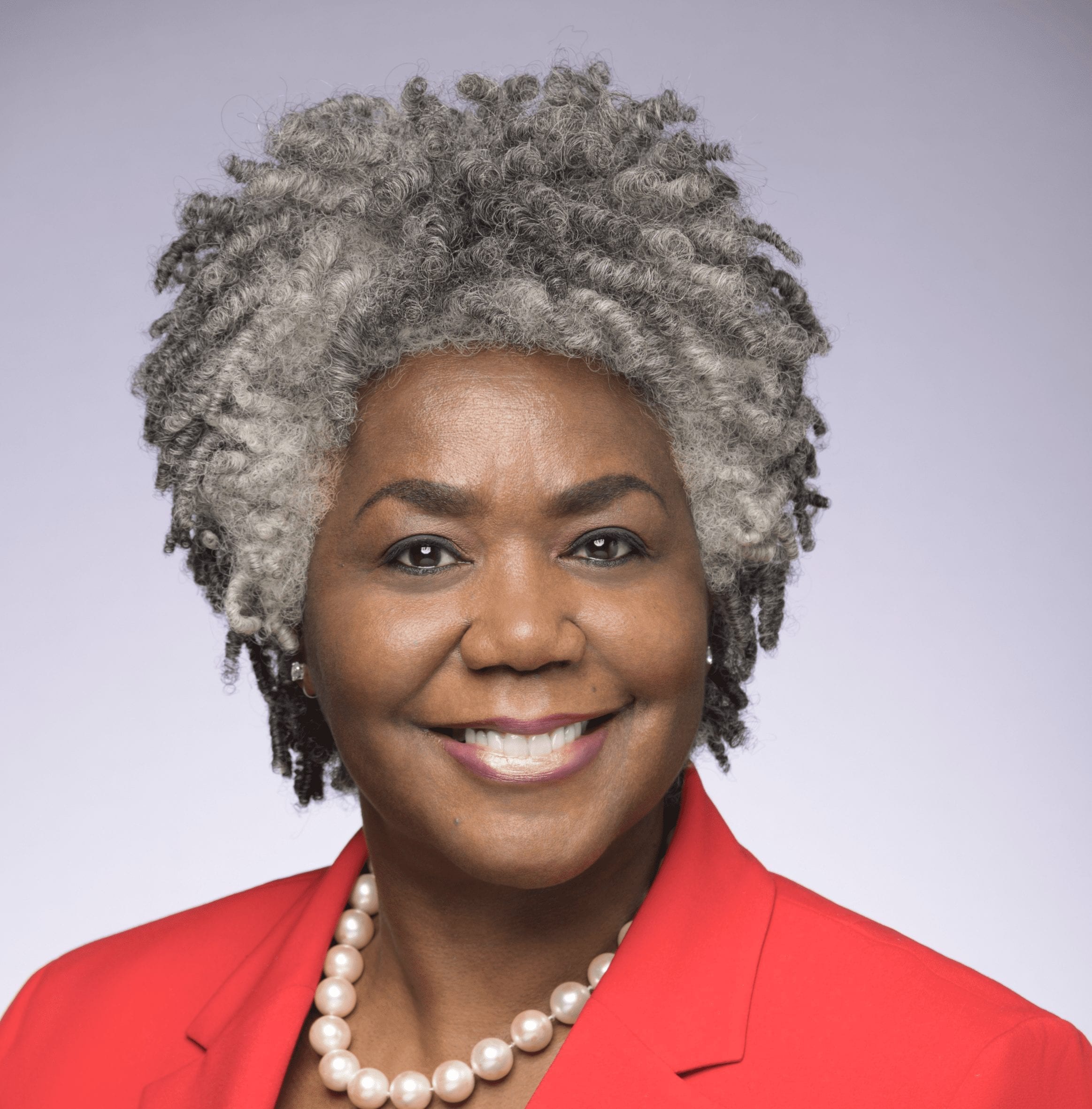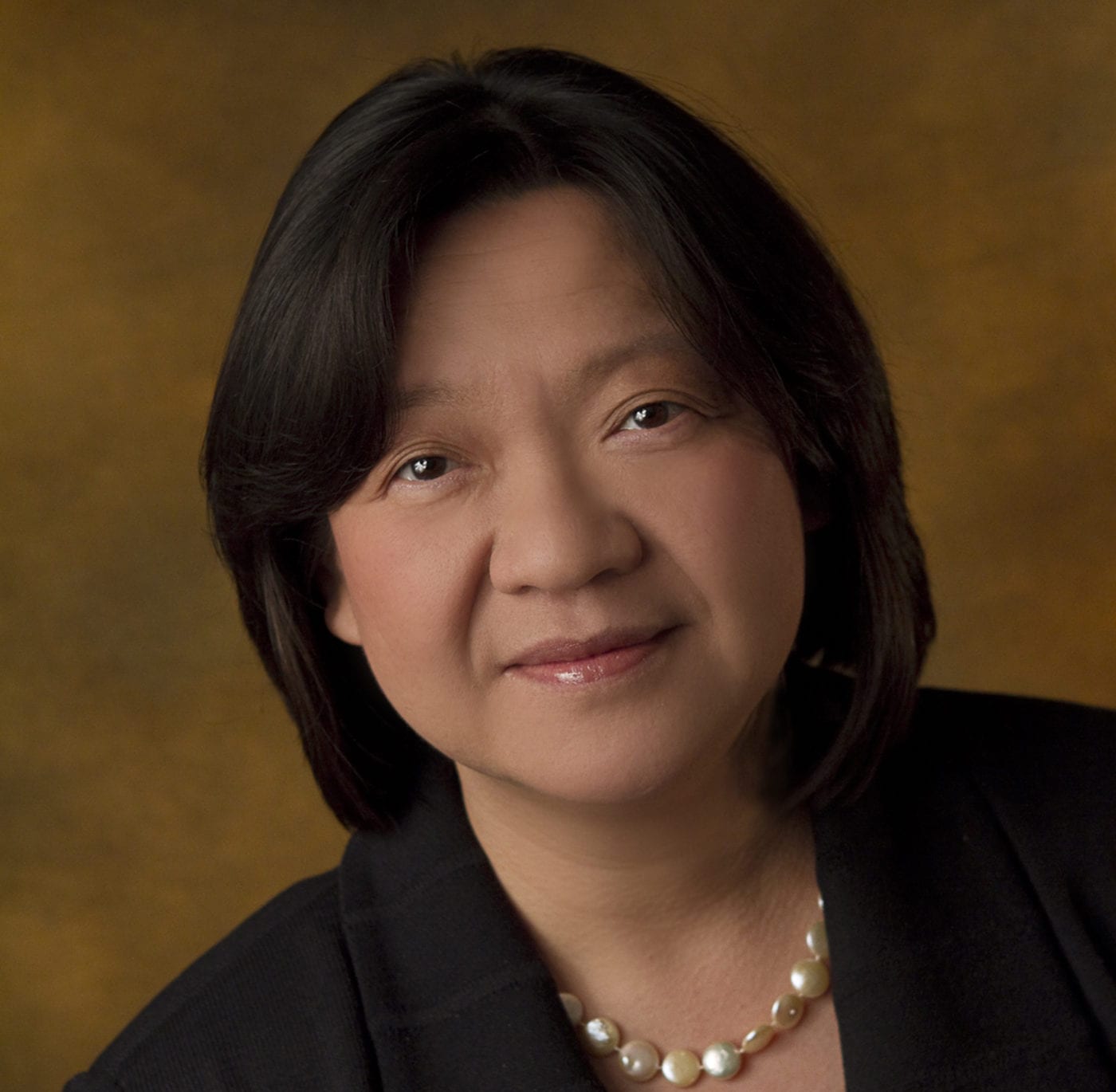Dr. Primm is the Senior Medical Director of the Steve Fund, a non-profit organization dedicated to promoting the mental and emotional well-being of students of color. With the pandemic’s disproportionate impact on Black and Brown communities and the country in a reckoning over racial injustice, Dr. Primm and the Steve Fund are in high demand at the moment.
The Steve Fund’s Equity in Mental Health Framework (EMHF), created in conjunction with the Jed Foundation, has become the standard of how to create campus environments that support and promote the mental health of a student population group that makes up 45% of the undergraduate population. But even the EMHF creators could not have predicted the events of the past six months, which prompted the organization to convene a crisis task force to respond to COVID-19 and the killing of George Floyd and other unarmed Black Americans.
As a psychiatrist and public health expert well-versed in the intersection of social issues and mental health, Dr. Primm was a major contributor to the task force’s recommendations, which came out in September (see sidebar). But Primm’s background as one of the nation’s leading voices on mental health disparities would indicate she has been here before. Indeed, she asserts that the pandemic and the killings simply unmasked the social inequities and racial trauma people of color regularly experience and students of color bring with them to campus.
We talked with Dr. Primm about her concerns for students at this point in time, what colleges and universities can do to support them, and what positive changes might come from these disturbing times.
MCF: Can you describe the context BIPOC students are operating within right now?
AP: We need to put all of the cohort aspects into context with all that’s been going on, number one being the public health crisis of the pandemic with its disproportionate impact, infection, and death in communities of color and with the risks that surround families of color. They are more likely to be employed in essential worker positions, frontline positions – whether it be in grocery stores, public transit, in the healthcare field, nursing and housekeeping, etcetera. All of these areas are disproportionately populated by people of color.
These are the parents and family members of the young people that we’re talking about, so there’s a greater risk of exposure there. The extension of that is that it’s going to cause those young people great worry. It’s going to mean that many of those young people have already experienced – and may yet experience – losses of family members or their own illness; the greater risk of death and all of the trauma and loss that that would bring to these families.
That’s just one piece of it. Then there’s the economic impact. Already we know that for the most part, people of color are overrepresented among people from economically distressed communities and households, and we know that they’re also disproportionately more likely to experience unemployment. So they’re really bearing the brunt of some of the financial implications of the pandemic. And then there’s a domino effect that leads to insecurity in terms of housing and the risk of being evicted. There’s even food insecurity. We’re seeing long lines at food banks and so forth.
This affects young people of color as well. Even before the numbers started piling up over the last six months when school was closed abruptly, there were young people in general and young people of color disproportionately who may have been facing tough choices about returning home and perhaps to an environment that would not allow for safe distancing. There were dangers associated with returning to environments where perhaps there was overcrowding, or even rural and remote areas that had limited resources, such as broadband, compared to the campuses where students had been where their housing, their food, and other resources and supports including their health and mental health services were provided.
All of these challenges that were brought on by the pandemic really intensified some of the challenges and burdens that students of color were dealing with already, including being more likely than White students to feel isolated on campus, less likely than White students to report that their campuses were inclusive, more likely than White students to report feeling emotionally overwhelmed at college, and being more likely to report keeping the difficulty of college to themselves.
Those things that preexisted now have this overlay of the pandemic and all of its negative emanations on young people of color. All of this will have, if it hasn’t already had, an impact on the decision-making of students of color about whether to even go back to school after last semester. There are some surveys that show that a higher percentage of families of color reported that their children were rethinking some of their educational decisions, which could result in them dropping out or having to delay the continuation of their education.
The overlay of the killing of George Floyd, on top of the ravages of COVID-19, was really a tipping point. It lifted the veil off of what has been going on for hundreds of years. This is not new. There’s been a succession of these killings of unarmed Black people over the last several years, and those are only the ones that we know about that have received national or international media attention.
These killings have raised the level of trauma, racial trauma, that people of color have felt and we know that young people of color have been particularly hard hit with those feelings. Some have been motivated to protest, which I see as a very healthy response to that feeling of trauma; wanting to do something positive to call attention to these atrocities and become a part of the solution to change the policies that have allowed these occurrences to continue.
MCF: What has been the Steve Fund’s response to these crises?
AP: The Steve Fund has responded to these crises with a “navigating a new normal” initiative in which we immediately began a series of webinars called “Community Conversations,” which focused on different stakeholders – students, families, and mental health professionals impacted by the pandemic. One panel focused on the Asian American student experience as they have been really called out, discriminated against, and attacked as a result of the pandemic being blamed on them.
Many of the these sessions occurred before George Floyd was killed and after that, we felt we needed to gather together a group of leaders in higher education, mental health, and corporate leaders to weigh in and examine the experiences of young people of color in this context, the racial trauma superimposed on the impact of the pandemic. The goal was to create a series of recommendations – both for the workplace and for higher education to prepare and equip these sectors to respond to the needs of students in the aftermath of these multiple crises.
MCF: What are some of the most important messages for higher education?
AP: Certainly, establishing the mental health and wellbeing of young people of color as an institutional priority is the first step in creating a college campus where equity and mental health can be manifested. That aligns with the Equity in Mental Health Framework. But given that, leadership really needs to acknowledge the disproportionate ways in which these crises have affected students of color. We should not think that we’re being polite in sweeping that reality under the rug because it exposes some uncomfortable truth about our nation and some of the challenges we’re still dealing with.
Knowing that young people of color have been hard hit in the ways that I’ve described should mean something to campuses and their leadership teams in term of the decisions that they will need to make about resources – both fiscal and human. The Steve Fund has had some good conversations on this topic with college presidents and university administrators through the American Council of Education.
MCF: Are you seeing any positive changes coming from all of this?
AP: In one way I’m optimistic because this racial trauma is so widespread and so collective in nature, that young people of color know they are not alone. Also, there is a greater realization of the impact of racial trauma on mental health. People seem to understand that racial trauma is real and they are beginning to seek out support for their mental health in a variety of ways. For instance, there are so many online resources popping up – Therapy for Black Girls, Therapy for Black Men, there’s Ayana Therapy which offers therapists of color who provide teletherapy.
With telehealth, more and more students are able to access help on their phones. This was a real boon for students of color because they could utilize mental health services in their preferred way without having to go through a door that says “counseling center” or “community mental health center,” which, for some, carries stigma within their cultural group.
MCF: Do you think the solidarity that comes from the Black Lives Matter movement is a reinforcement for students of color?
AP: I’m not certain about that. I don’t know the extent to which young people of color and young Black people in particular identify with the organization Black Lives Matter, but I do have a sense that they identify with the term because some of the things that have occurred – like the killing of George Floyd in broad daylight – would suggest that Black lives don’t matter. The importance of valuing Black people as humans and treating them as such is so basic and elementary [that] one would not think one would have to say it in a declarative statement. Yet, I think the mantra Black lives matter is an important rallying cry that helps to galvanize the humanity of young people of color and young White people of good conscience, who see humanity across racial groups.
One result of the pandemic is that we are seeing how we are all connected and dependent on each other. We can now see how certain populations are disadvantaged and that some of that disadvantage is lined up with racial difference. In order for our society to operate optimally, we need everyone of all backgrounds to be as healthy as possible. Now we have an opportunity to try and undo, reimagine, and rebuild some of those structures that have created such stark inequities and negative health outcomes.




